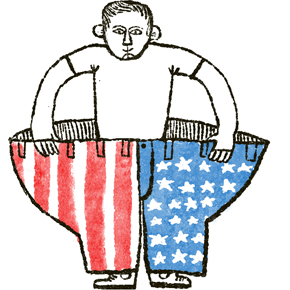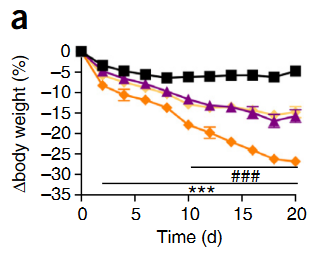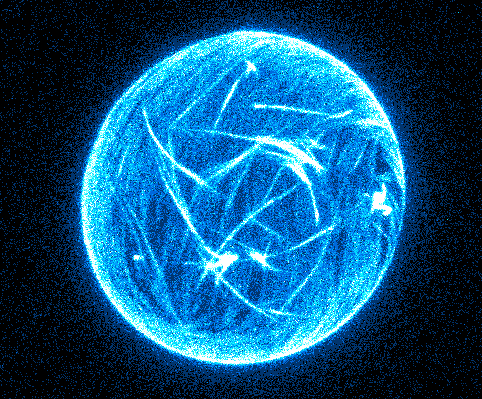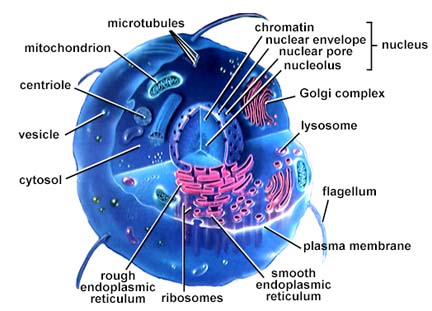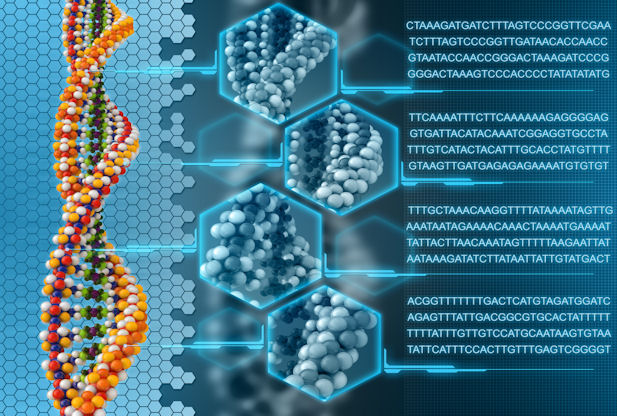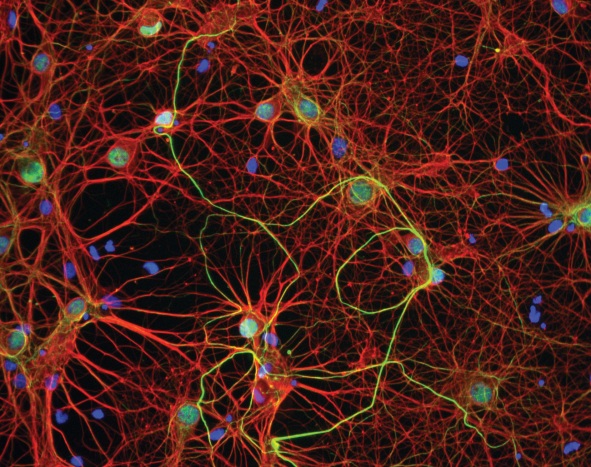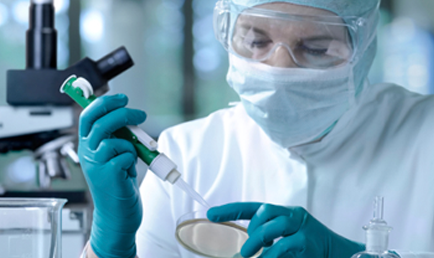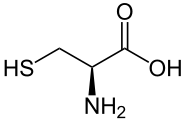Today, I was dosed with an experimental vaccine for the Ebola virus known as VSV-EBOV, produced by a company called NewLink Genetics. Before I go on with my post, here are a few disclaimers.
1. This vaccine DOES NOT contain, nor did it ever contain, Ebola. I will AT NO POINT receive Ebola. Thus, there is no risk of contracting Ebola.
2. My participation in this study is completely voluntary and is in no way related to my work at the National Institutes of Health (NIH).
3. I am not contagious in any way, shape, or form with Ebola. While this vaccine does take advantage of a different virus, the only way you could catch it is by kissing me. Sorry ladies!
As I’ve blogged about before, there are currently only two vaccines in clinical trials for the Ebola virus, with several more in active development. For more information regarding the composition of the vaccine, check out my previous blog post. If you aren’t inclined to read the whole thing, here is the basic idea:
1. The vaccine contains a virus known as the vesicular stomatitis virus, or VSV. VSV infects farm animals such as cattle, horses and pigs. The virus cannot reproduce in healthy humans, although it may cause some very mild flu-like symptoms.
2. This virus has been engineered to produce a glycoprotein that belongs to Ebola. While the virus itself is not Ebola, this small component is enough for the body to produce an antibody response as if I was infected with Ebola.
3. Now that my body has been primed in this manner, I (theoretically) should be immune to future Ebola infections. Don’t worry, this won’t ever be tested!
The purpose of this phase in the study is to determine if the vaccine is safe in humans. While VSV has been used in many other clinical trials (safely, I might add), the vaccine must have unique data in order to proceed with clinical development. This study is a double-blind study, which means that neither myself nor the research team will know whether or not I’ve received the actual vaccine or the placebo (just saline). That being said, here is an overview of what happened to me today!
“A Phase 1 Randomized, Double-Blind, Placebo Controlled, Dose-Escalation Study to Evaluate the Safety and Immunogenicity of Prime-Boost VSV Ebola Vaccine in Healthy Adults”
Step 1: Arrival
Last week, I was screened at the NIH Clinical Center for things such as HIV and Hepatitus, which would have disqualified me from participating in the study. Those results came back negative (phew), which gave the team the green light for me to continue forward! I arrived at the NIH at around 7:30 this morning, and after having my car searched I entered the actual Clinical Center for my appointment.
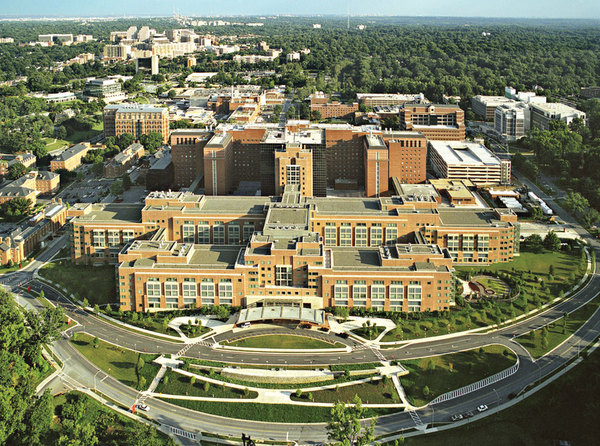
Figure 1: The NIH Clinical Center, America’s Research Hospital
The NIH Clinical Center (or Building 10, as it’s known around here) is a very interesting place! The Center itself is not your average hospital – it doesn’t provide services such as labor and delivery or other basic services you would expect at your local hospital. Designed as research facility, the Clinical Center contains more than 1,600 laboratories that are manned by over 1200 physicians, scientists and dentists. I genuinely felt fortunate to be at the Clinical Center as a healthy volunteer. Many of the patients here have very rare or undiagnosed diseases, which really cemented how important the continuation of medical research is for me. I made my way up to the clinic to begin my appointment, passing by countless families, patients and scientists alike.
Step 2: The Visit
As soon as I arrived at the clinic, I was ushered into an examination room where my case manager gave me a general physical exam. After he confirmed that I was healthy, I was sent down to phlebotomy for a blood draw and urine collection. Remember that the purpose of the vaccine is to generate antibodies against Ebola, so this blood draw is intended to be a “baseline” measurement.
The nurses here are professionals – I’ve never had an easier time giving blood! I blinked and it was all over. The nurse who took my blood told me that she had been in the same spot for about fifteen years – I guess practice really does make perfect! All in all, they took 66 milliliters of blood split into about 15 different tubes.
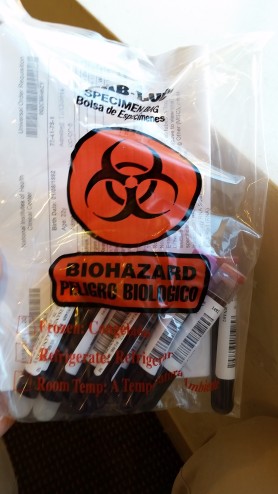
Figure 2: That’s a lot of blood!
While I was in the phlebotomy department, the Clinical Center’s pharmacy was busy making the vaccine. There are no stockpiles of this vaccine lying around (at least, not in Maryland), so it has to be made fresh every time I receive a dose!
Step 3: Injection
I returned to the clinic and received the vaccine. Nothing too crazy here. Pokey thing goes in, stuff is injected, pokey thing comes out. Easy! I initially felt a little soreness around the site, but nothing more painful than I’ve received with other routine vaccinations. Note that out of the 13 people in my cohort, 3 will receive a placebo vaccine, which contains only saline. It’s entirely possible that I received a placebo – I won’t know until the study is over!
I stuck around for about an hour just to make sure I didn’t have any, err, dramatic responses to the vaccine. Thankfully I didn’t and was able to return to work right after my visit!
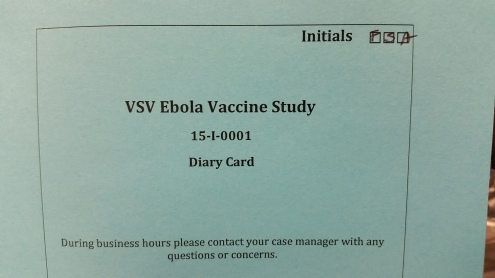
Figure 3: The diary card I’ll be using to monitor my symptoms.
For the next year, I will be monitored for any adverse reactions to the vaccine. This includes regular visits the clinic (which means regular blood draws) as well as monitoring my symptoms via a diary card and thermometer. I’ll be updating you all on how I’m feeling, as well as with more information regarding the status of the vaccine and it’s implications in the fight against Ebola!
